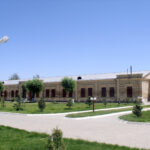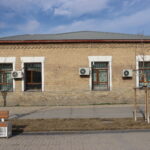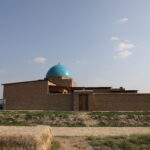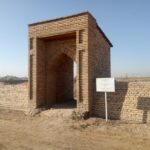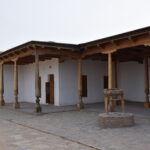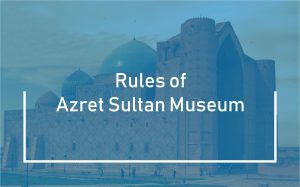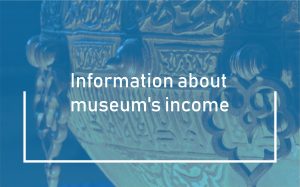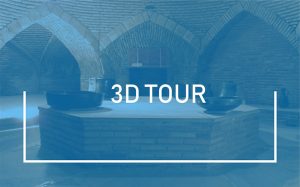This is a special type of activity aimed at exploring the surrounding world, history, art, nature and other areas of life.
An excursion as an activity is an organized trip or a visit to various places for educational, educational or entertainment purposes.
Main features of the tour:
- The purpose is to transfer knowledge, get acquainted with historical, cultural, natural or scientific objects.
- Organization – excursions can be individual or group, with or without a guide.
- Route – a pre-planned visit plan.
- Duration – can vary from a short walk to a multi-day tour.
- The form of information presentation is the guide’s story, audio guide, interactive methods.
Types of excursions:
— According to the form of the event: pedestrian, bus, water, virtual.
— By content: historical, cultural, natural, scientific, industrial, educational.
— By participants: children, adults, family, corporate.
Special features of excursions in the museum-reserve
- A variety of objects – includes architectural monuments, historical buildings, natural attractions, archaeological zones.
- Large territories – the tour can take several hours or even a whole day.
- Environmental component – it often includes protected areas, rare species of plants and animals.
- Lively atmosphere – historical reenactments, workshops, and festivals are held in some reserve museums.
- Various forms of transportation – hiking, bus routes, horseback riding, etc.
Guided tours of historical and spiritual sites are a unique cultural and historical space that unites monuments of religious architecture, spiritual heritage, natural landscapes and archaeological sites. Such excursions help to learn about the history of religion, pilgrimage and related culture.
Features of excursions to historical and religious sites:
- religious nature – excursions take place in areas of religious and spiritual significance (monasteries, mosques, temples)
- Historical value – places are associated with important events, ascetics of faith, legends and visits to holy places.
- Cultural heritage – combines architecture, painting, traditions, and handwritten books.
- Ethical standards – tourists must follow the rules of conduct: respect the shrines, observe the dress code, and do not make noise.
- Natural component – reserves of holy places often include forests, mountains, caves, springs.
The role of the guide plays a key role in conducting the tour. He not only conveys information, but also makes it fascinating by adapting the story to the audience. A good guide uses different methods, asks questions, and engages participants in the process.
A guided tour of the museum reserves is a unique opportunity to immerse yourself in history, culture and spiritual heritage. It allows you not only to see ancient shrines, but also to feel the atmosphere of an age-old tradition and harmony with nature.



